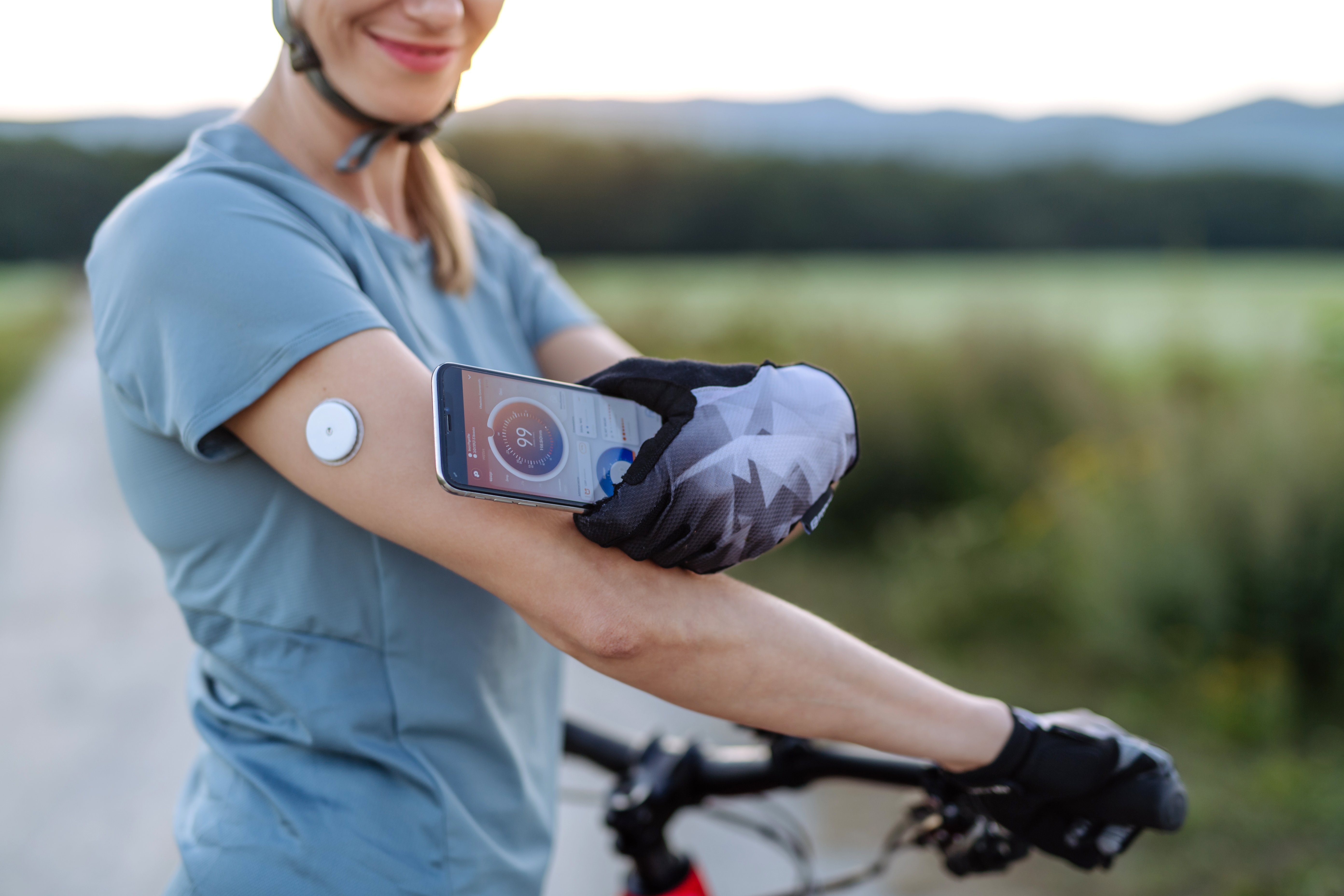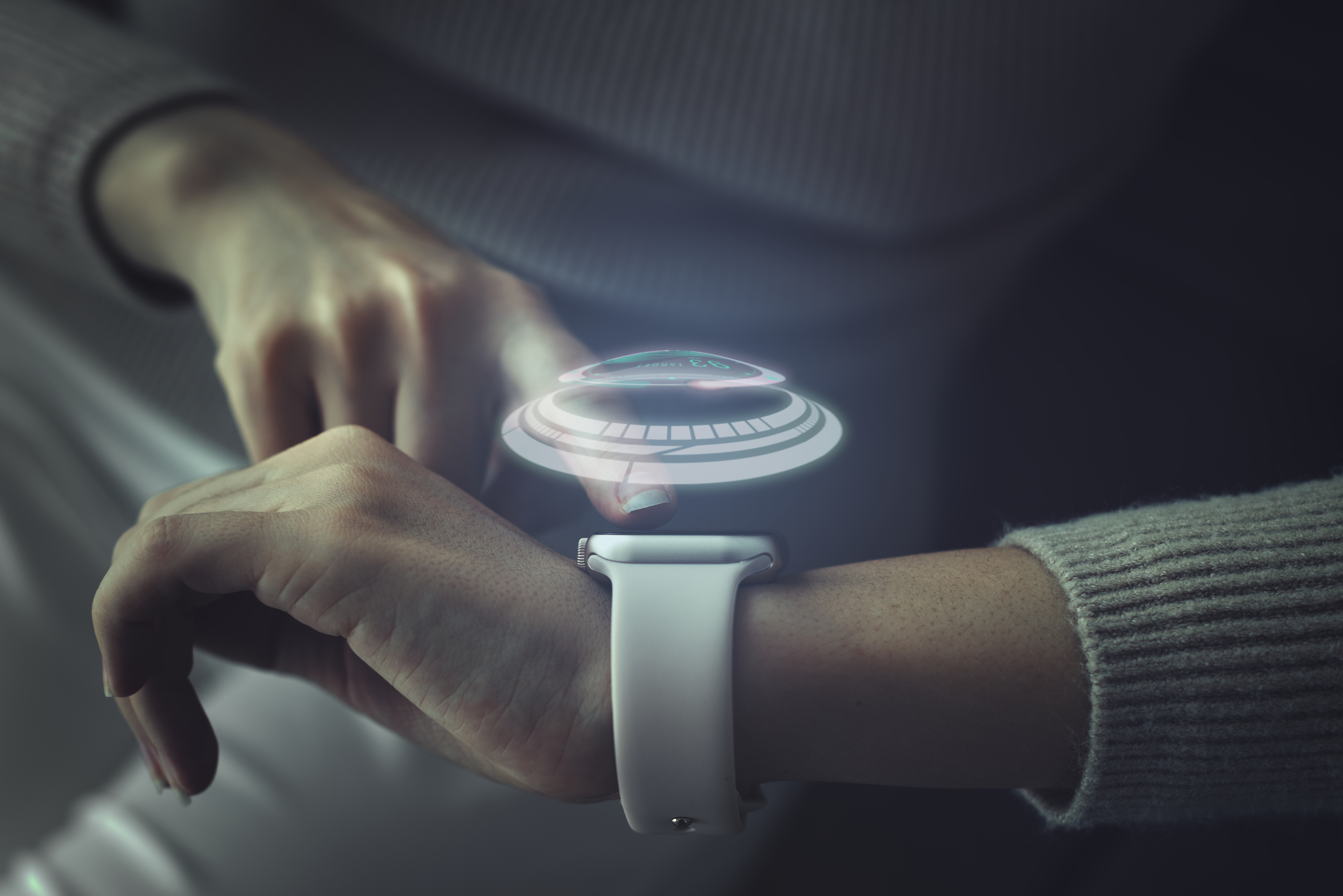2024 Healthcare: Revolutionized by Biometric Wearables

The meteoric rise of biometric technology and wearables in healthcare continues! The market, already at an impressive size, is projected to reach a staggering $161 billion by 2033, reflecting a steady 6% annual growth (Source: IDTechEx). This surge is fueled by healthcare professionals across diverse fields like audiology, kinesiology, and pharmacy enthusiastically embracing wearables to improve patient care.

But the potential is far from exhausted. Here's the exciting part: there's immense room for disruptive innovations! Medtech professionals, this is your chance to shine! Develop wearables that empower users and alleviate healthcare burdens. Here's a glimpse of 10 game-changing applications that can transform patient experiences:
- Streamlined Patient Identification & Care: Imagine a future with fewer medical errors, enhanced patient safety, and instant access to electronic health records – all facilitated by secure biometric identification and authentication.
- Continuous Biometric Monitoring: Wearables can continuously monitor vital signs, enabling early detection of health issues and proactive interventions. This empowers preventative healthcare for better patient outcomes.
- Smarter Medication Management: Biometric wearables can revolutionize medication management by mitigating adverse drug reactions, improving medication adherence, and ensuring safer medication administration.
- Secure Healthcare Facilities: Biometric access control can significantly enhance security in healthcare facilities, preventing unauthorized access and safeguarding patient privacy.
- Empowered Staff Authentication: Stronger accountability and heightened security become a reality with robust biometric staff authentication, protecting healthcare facilities from unauthorized access.
- Precision Blood Donation & Transfusion: Biometric technology can lead to accurate blood matching, safer transfusions, and improved blood traceability, saving countless lives.
- Enhanced Biometric Imaging & Diagnostics: Imagine streamlined diagnostics and accurate medical imaging through efficient record matching facilitated by biometric data.
- Remote Patient Monitoring: This technology can revolutionize accessibility for patients in remote areas, enabling early intervention and reducing hospital readmissions, leading to improved quality of life.
- Fall Detection & Emergency Response: Wearables with fall detection and emergency response features can ensure timely assistance and minimize response times, offering peace of mind and improved safety for vulnerable individuals.


